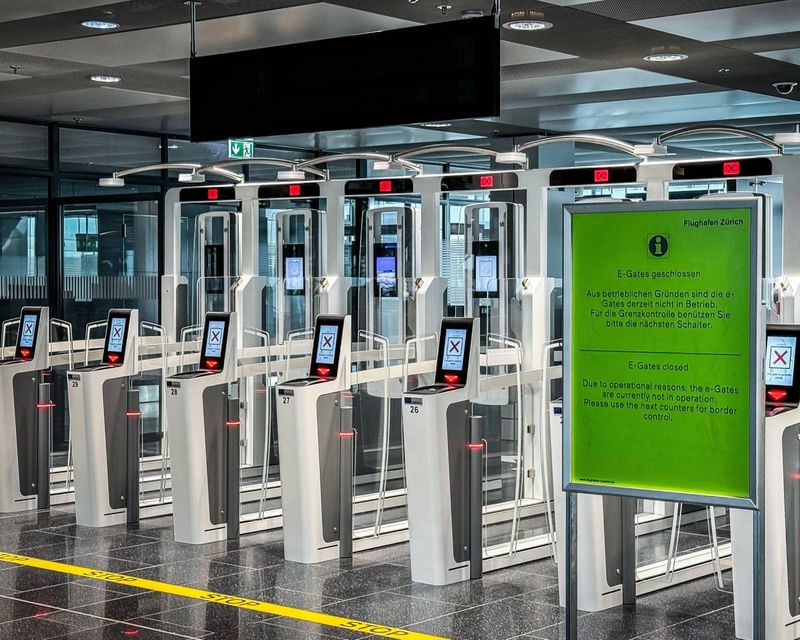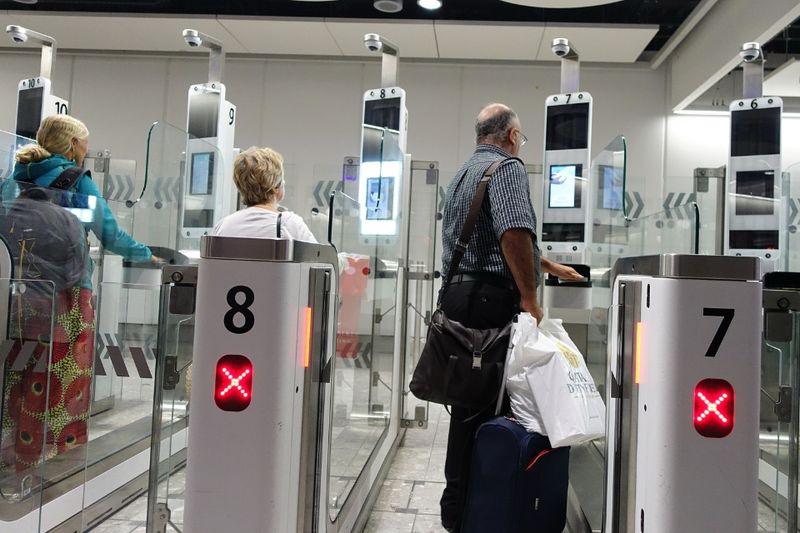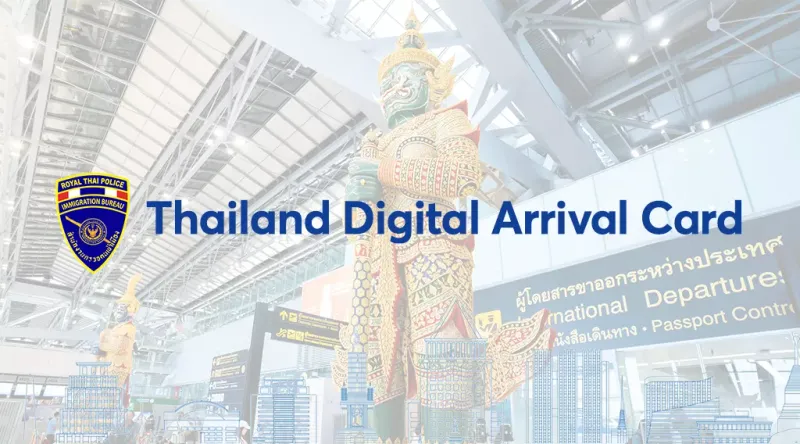Planning international trips is getting more complex as countries update their entry requirements. From biometric scanning to digital arrival cards, these changes will impact how we cross borders in 2026. Understanding these new rules now can save you headaches, delays, and unexpected costs when you travel next year.
EU’s Biometric Entry/Exit System Finally Launches

Say goodbye to passport stamps at European borders! Starting October 2025, the EU’s digital Entry/Exit System will transform how non-EU citizens enter the Schengen Zone. The system captures your facial scan and fingerprints instead of the traditional ink stamp. During early implementation, you might experience both digital registration and stamps as border authorities transition to the new system. Expect longer wait times at airports, ferry terminals, and train stations, especially during peak travel seasons. Plan for extra time at border checkpoints—arriving at least three hours before international flights is recommended. The good news? Once registered, future entries should be smoother as your biometric data stays in the system for three years.
ETIAS Fee Jumps to €20 for Budget-Conscious Travelers

European adventures will cost a bit more starting late 2026. The European Travel Information and Authorization System (ETIAS) fee has tripled from the originally planned €7 to €20 per person. This electronic travel permit becomes mandatory for visitors from 60+ visa-exempt countries including the US, UK, Canada, and Japan. Valid for three years or until your passport expires, ETIAS allows multiple entries with stays up to 90 days in any 180-day period. Families traveling with children should factor this additional cost into their budgets—everyone, regardless of age, needs their own authorization. Apply online at least 96 hours before departure to avoid last-minute stress. Most approvals come through within minutes, but some applications may require additional processing time.
China’s Expanded Visa-Free Program Opens New Opportunities

China’s tourism revival strategy is picking up steam with visa-free access now extended to citizens of 75 countries. The program allows stays of up to 30 days without the paperwork and fees previously required. Azerbaijan joins the growing list in July 2025, making China more accessible than ever before. Business travelers can take advantage of the expanded 240-hour transit visa-free policy, permitting up to 10-day stays during layovers. This policy now covers travelers from 55 countries, making quick business trips or extended stopovers much easier to arrange. The timing couldn’t be better for exploring China’s lesser-known destinations beyond Beijing and Shanghai. Second-tier cities like Chengdu, Xi’an, and Hangzhou are preparing for increased international visitors with improved English signage and tourist-friendly infrastructure.
Thailand’s Mandatory Digital Arrival Card Replaces Paper Forms

Paper forms are history in Thailand starting May 2025. The Thailand Digital Arrival Card (TDAC) becomes mandatory for all foreign visitors regardless of how you enter the country. Complete this online form within 72 hours before arrival—whether arriving by plane, cruise ship, or land crossing. Airlines will verify your TDAC completion before boarding, similar to how they check visas now. The digital system aims to reduce processing times and eliminate the frantic scramble to fill out forms during your flight. Save the QR code generated after submission to your phone and take a screenshot as backup. Immigration officers will scan this code upon arrival. Pro tip: Thailand’s official TDAC website is the only legitimate platform—avoid third-party services charging unnecessary fees for this free government service.
Indonesia’s All-In-One Digital Declaration Simplifies Entry

Indonesia is streamlining entry procedures with its new “All Indonesia” digital declaration system. Starting September 2025 in Bali, Jakarta, and Surabaya, then expanding nationwide by October, this unified system replaces multiple paper forms previously required for customs, health, immigration, and quarantine declarations. Remember that the 150,000 IDR (~$14) tourist levy remains in effect alongside this digital change. Additionally, the $50 e-Visa on Arrival must be obtained at least 48 hours before travel through official government portals—not last-minute at the airport. Complete both requirements before departure to avoid delays or denied boarding. The single QR code generated after completing the digital declaration serves as your passport to smoother entry, potentially cutting immigration processing time in half during peak tourist seasons.



